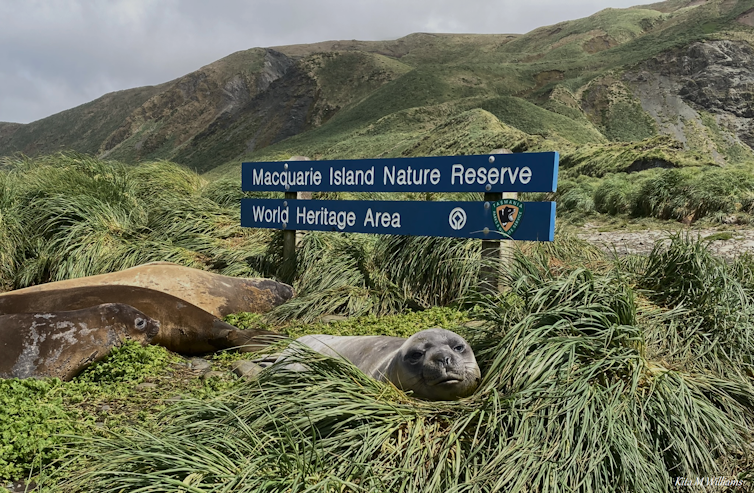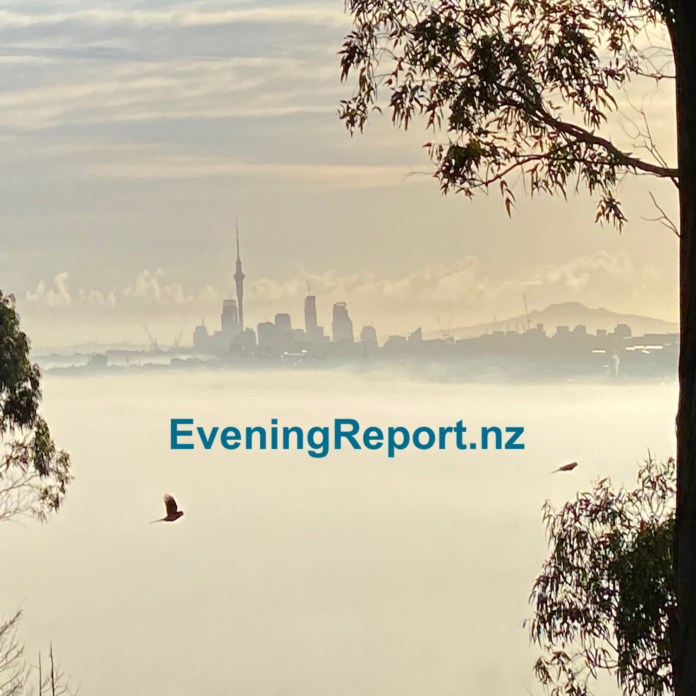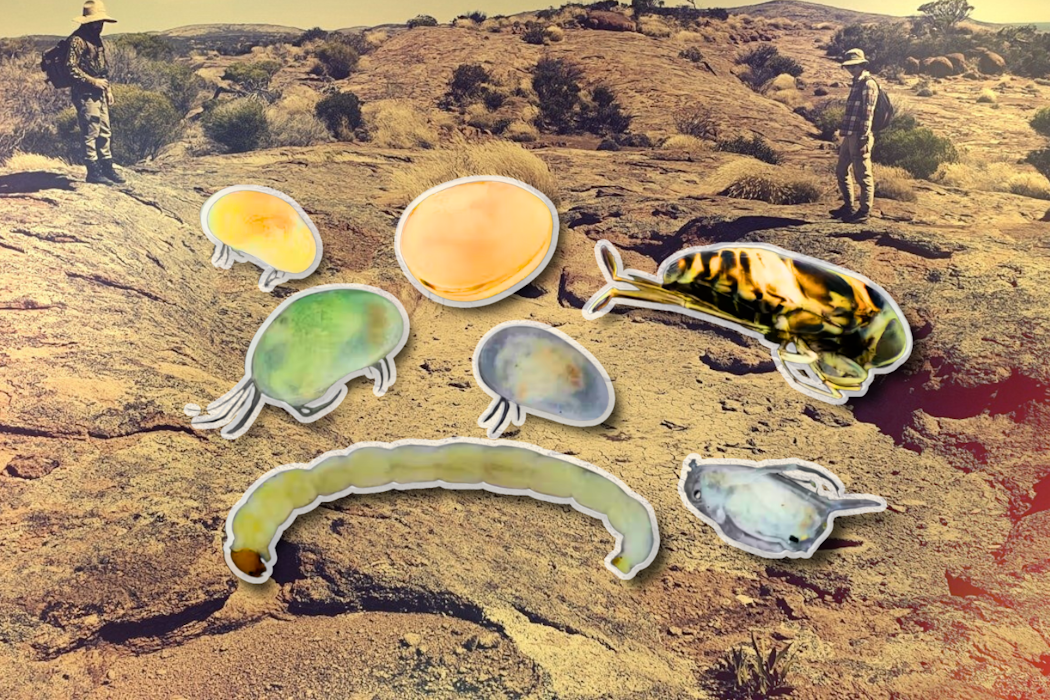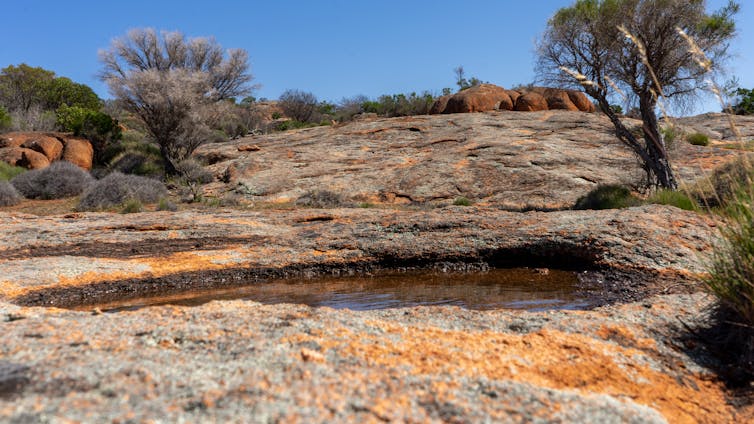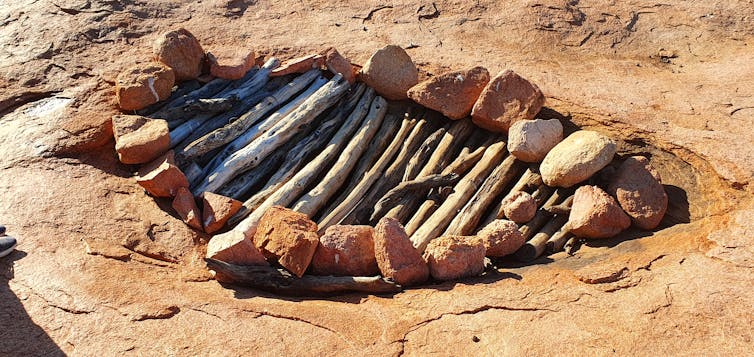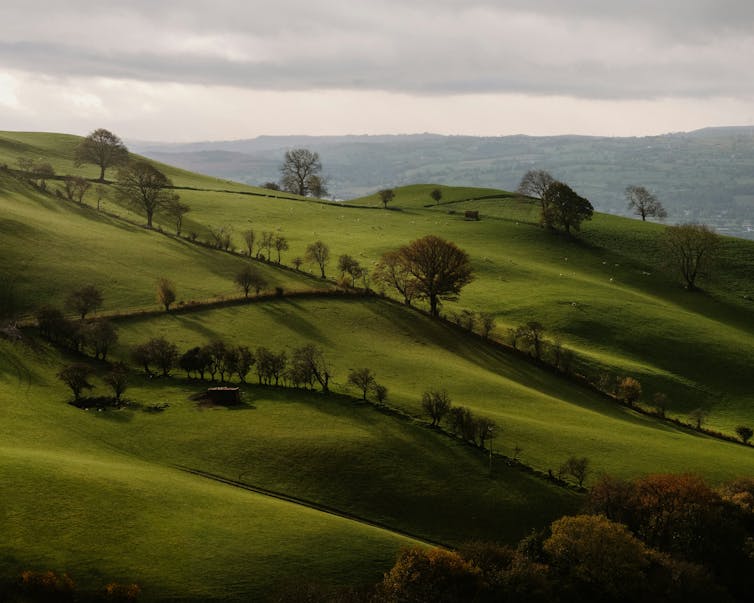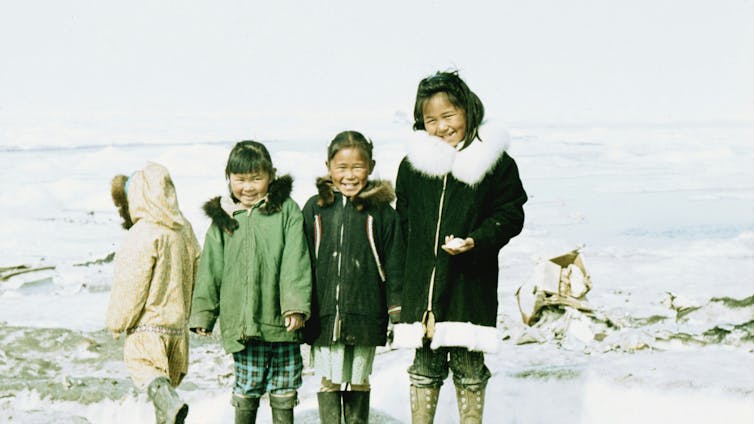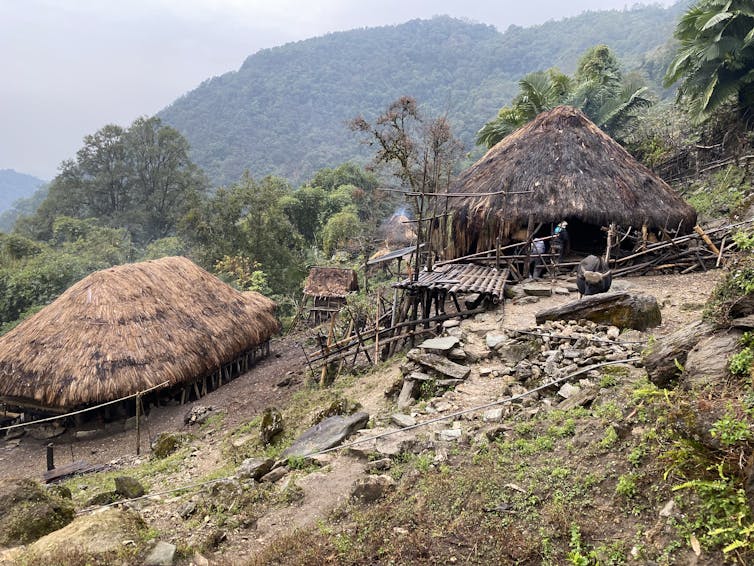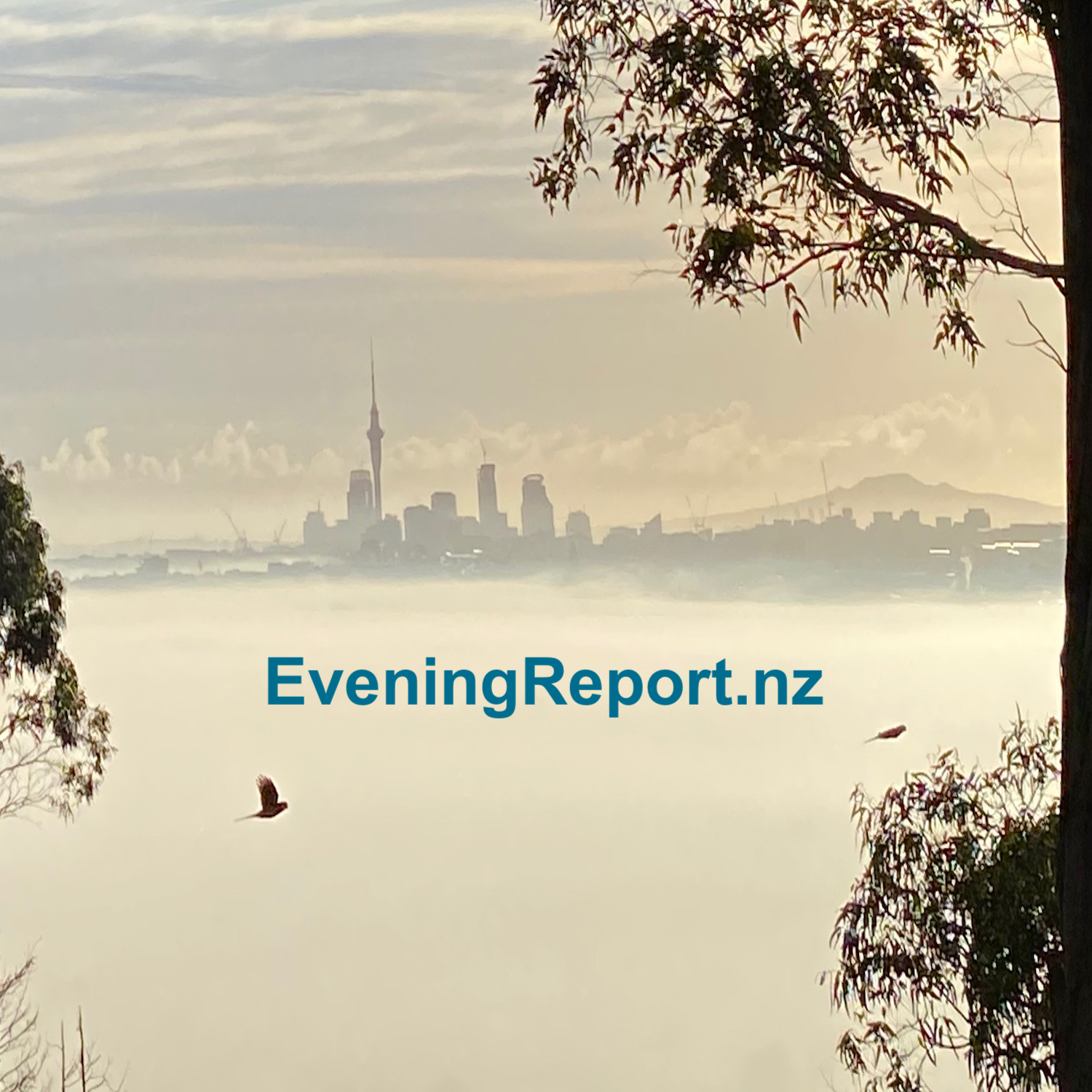Source: The Conversation (Au and NZ) – By Trevor Ryan, Indigenous Cultural Advisor, Centre for People Place and Planet & School of Education, Edith Cowan University
The beach and foreshore near where Perth’s Swan River meets the sea was recently closed to swimming after a number of bull sharks were seen circling close to the surface.
In 2023, a young woman tragically died after being attacked by a bull shark nearby. In 2021 a man was seriously injured by a bull shark just upstream.
A project also began in 2021 to create new Noongar songs and dances in response to boodjar (Country) and its inhabitants. This included a song and dance for the potentially dangerous bull shark, or kworlak, which swims and lives alongside us in the river.
Bull shark have been travelling largely unseen up and down the river’s murky waters for aeons. Recognition of this informs the relationship between the river and Noongar, the Indigenous people of the region.
Together, we worked on a project to develop novel Noongar dances for bull shark and other entities which otherwise would have no recently known local performance repertoire.
Within many Indigenous cultures, singing and dancing is vital to maintaining reciprocal relationships with local ecosystems. Even watching Indigenous performance can stir vibrations in the body of the viewer. By coming to feel and listen to kworlak, we can come to respect its power and its almost miraculous ability to pass through the foamy waves into and out of the river mouth.
Through Noongar dance, everyone is invited to consider trans-species empathy as a way to restore connections between those who live in Perth, and the nonhuman species that inhabit the region.
The powerful kworlak
Walyalup is the name for Fremantle, Western Australia, resting at the mouth of the Derbal Yerrigan, otherwise known as the Swan River. Trevor Ryan grew up here where freshwater and saltwater mix. He has memories of swimming, fishing and playing with family and friends.
Kworlak travel against the current, past the waves, and up the river into the fresh water to breed in late kambarang (the season of birth, wildflowers and the last cool days before summer).

Daniel Kwok/flickr, CC BY-NC-ND
Heavy late kambarang rainfall, such as Perth saw this year, attracts sharks to feed and reproduce.
Bull shark adjust their osmoregulation, expelling excess water via kidneys and urinary tract. Senior Noongar collaborating on the project speak of kworlak waiting near yandjet, or bulrushes, seeking hidden prey such as crustaceans, tortoise and small fish. This sustains females during pregnancy and birth.
Creating Noongar songs
Across Australia, it is common for Indigenous songs to be attributed to non-human entities rather than being solely the creation of human composers.
Under Western Australia’s Aborigines Act (1905–63), speaking and singing in Noongar was vigorously discouraged, resulting in few old songs being remembered today. There are historically recorded Noongar songs about the sea, but none about sharks.
Given other sea creatures had songs, it is likely Noongar shark songs were once performed.
At Trevor’s suggestion, and after sharing song ideas with senior Noongar speakers, Clint Bracknell – who performs as Maatakitj – drew inspiration at the river to create a song of the kworlak in early 2021.
He began with a melody which he had dreamed before vocalising without words, attempting to figure out what Noongar terms the dreamed vocalisations evoked.
The song goes:
Wardangara kworlak waniny
Seafarer bull-shark sneaking
Ngadird ngadird ngadird wan
Again, again and again it sneaks
Wardangara kworlak waniny ngoornt
Seafarer bull-shark sneaking, lies
Bilya ngaril ngadird wan
Through the ribs of the river, again, it sneaks
Ngadird ngadird ngadird wan
Again, again and again it sneaks
Widi-widiny widi-widiny widi-widiny widi-widiny
Shaking everything up
The kworlak dance, choreographed by Trevor, began with the dancers treading on boodjar itself. It was important for the dancers to feel their vibrations connect to mother earth.
Stamping up and down to the beat of the clap sticks, dancers alluded to kworlak’s osmoregulation by moving their arms horizontally at the waist outwards, while turning to evoke the flow of salt and fresh water moving over, and through, the body.
The shark’s distinctive dorsal fin also featured. Dancers moved their clasped hands above their heads from the middle, left, right and back. The dance concluded with the dancers pushing their arms forward, fingers spread, each hand moving up and down over the other, to represent the biting and grinding motions of bull sharks feeding.
Trevor describes dancing on Country as being like a musician who tunes their guitar to play a song. Bodies are instruments that can be tuned to the landscape, finding the right frequency that vibrates with ancestors and Country.
Most humans today only notice sharks when a tragedy occurs. Regularly singing and dancing the kworlak reminds us of their enduring place in the ecosystem. It teaches us caution and respect.
Through embodying the stories and energy of boodjar, everyone may potentially feel through voice and physical response that they, like other entities, belong on, with, and to Country.
![]()
Trevor Ryan’s Master of Arts (Performing Arts) was jointly funded by the Australian Research Council and Edith Cowan University.
Clint Bracknell receives funding from the Australian Research Council.
Jonathan W. Marshall received funding from the Australian Research Council to support this project through a scholarship for Trevor Ryan and other expenses.
– ref. How we created new Noongar song and dance for kworlak – the bull sharks of Perth – https://theconversation.com/how-we-created-new-noongar-song-and-dance-for-kworlak-the-bull-sharks-of-perth-268652



